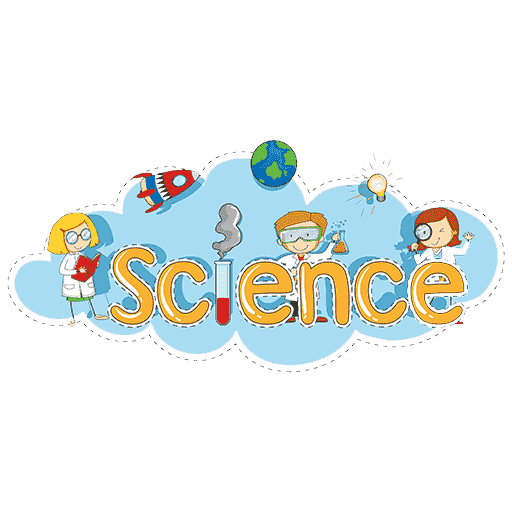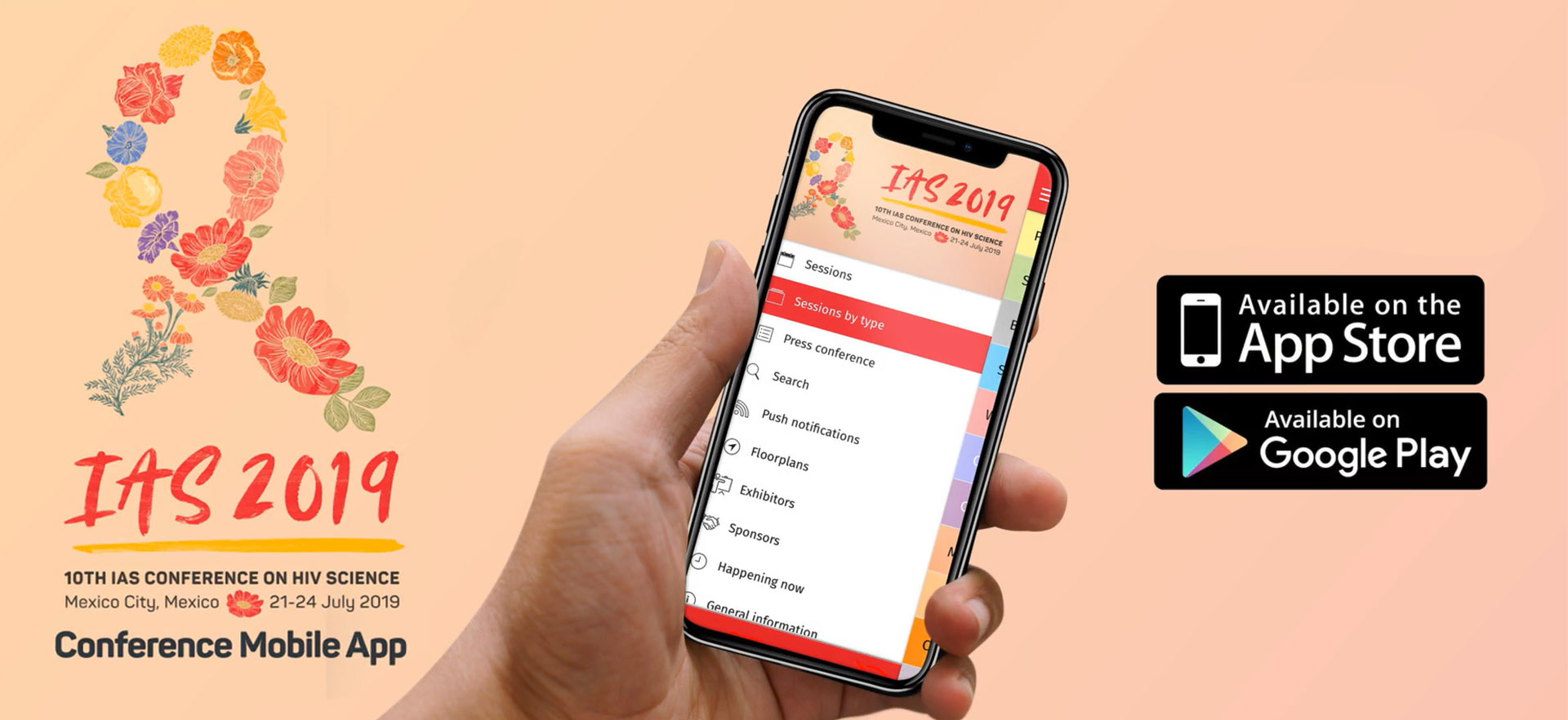CBSE 10th Standard Science Subject Metals and Non-Metals Ncert Exemplar 5 Mark Questions 2021
By QB365
QB365 Provides the updated NCERT Exemplar Questions for Class
10, and also provide the detail solution for each and every NCERT Exemplar questions. NCERT Exemplar questions are latest updated question pattern from NCERT, QB365 will helps to get more marks in Exams
QB365 - Question Bank Software
CBSE 10th Standard Science Subject Metals and Non-Metals Ncert Exemplar 5 Mark Questions 2021
10th Standard CBSE
-
Reg.No. :
Science
-
A non-metal A which is the largest costituent of air, when heated with H2 in 1 : 3 ratio in the presence of catalyst (Fe) gives a gas B. On heating with O2 it gives an oxide C. If this oxide is passed into water in the presence of air it gives an acid D which acts as a strong oxidising agent.
(a) Identify A, B, C and D
(b) To which group of periodic table does this non - metal belong?(a) -
Explain the following
(a) Reactivity of Al decreases if it is dipped in HNO3.
(b) Carbon cannot reduce the oxides of Na or Mg
(c) NaCl is not a conductor of electricity in solid state whereas it does conduct electricity in aqueous solution as well as in molten state.
(d) Iron articles are galvanised
(e) Metals like Na, K, Ca and Mg are never found in their free state in nature.(a) -
Of the three metals X, Y and Z, X reacts with cold water, Y with hot water and Z with steam only. Identify X, Y and Z and also arrange them in order of increasing reactivity.
(a) -
An element A burns with golden flame in air. It reacts with another element B, atomic number 17 to give a product C. An aqueous solution of product C on electrolysis gives a compound D and liberates hydrogen. Identify A, B, C and D. Also write down the equations for the reactions involved.
(a) -
Give the steps involved in the extraction of metals of low and medium reactivity from their respective sulphide ores.
(a)


















